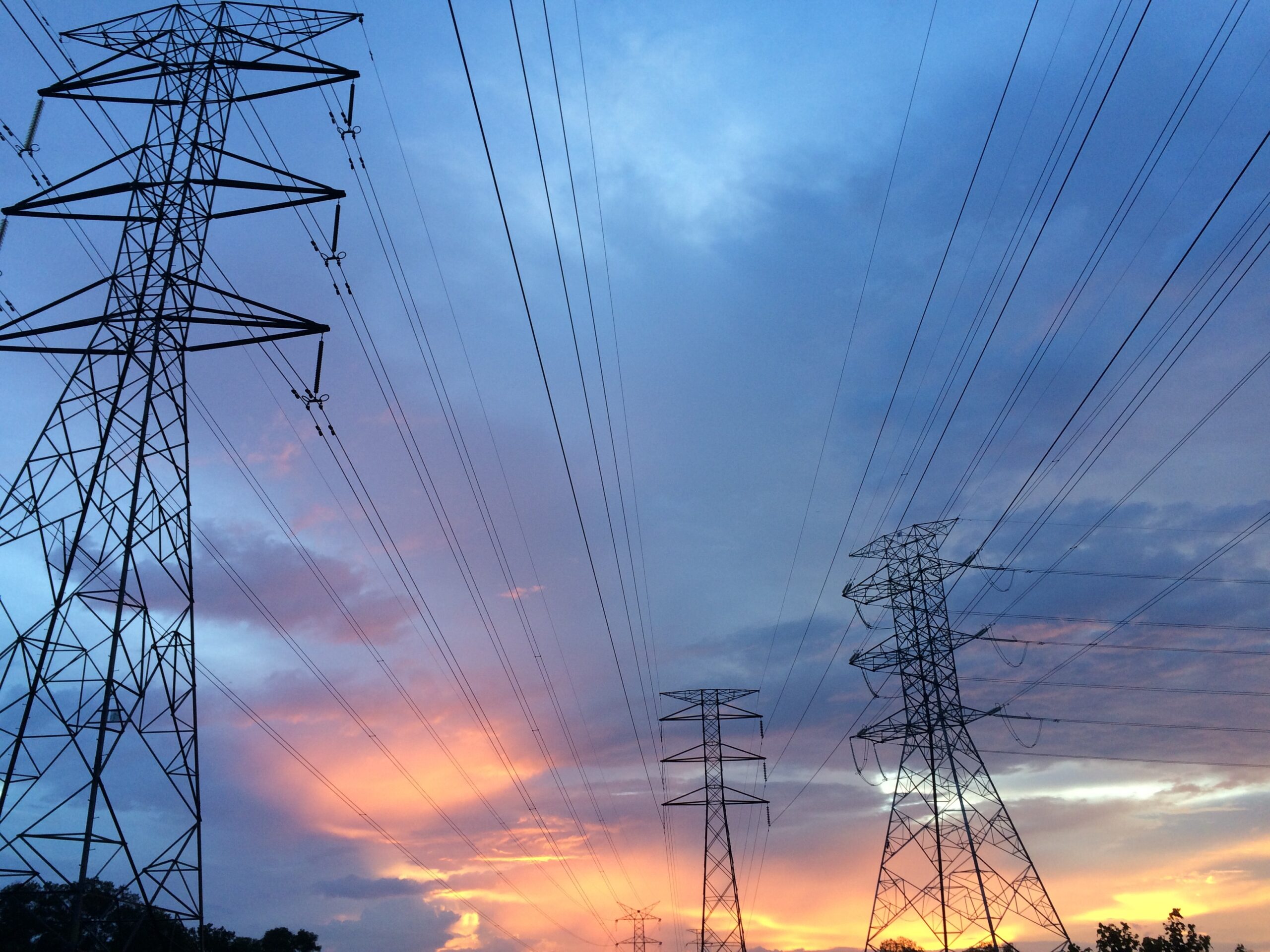One of the things that many people with solar panels on their home are interested in are theways they can earn extra money from their investment. Fortunately, there are many wayswhere people can benefit financially from solar panels.The benefits do varyconsiderablyfrom state to state. This tends to lead to another question. Which states pay the most for theextra solar power I generate and send back to the grid? Let’s take a look.
What is Net Metering?
When we talk about getting paid for extra solar power that we send back to the grid, what we are referring to is a process called net metering. Homes with solar panels are still hooked up to traditional utilities. When the solar panels produce power, this is used first. When panels are not producing enough power for energy needs, the utility kicks in and provides the difference. When your panels make more power than you need, the extra is sent back to the electrical grid.
Inside the electrical meter on the side of your house is a device known as an inverter. It measures the electricity that you use, but can also measure the amount of power that you send back to the grid. Thus, the utility company is able to track how much extra power your solar panels produce.
Net metering is a policy that takes this into account. When you have net metering, the utility company will provide you credits for the power that you produce and send to them. These appear on your utility bill and serve as credits against any energy that you use
What State Pays the Most for Solar Power I Generate?
When wondering which state provides the most money for extra solar power generated, it is important to understand that net metering is not exactly selling your power to the utility but rather exchanging it for credits. This credit is typically linked to the current cost of power either at the retail rate or at a discounted rate specified by state law.
In other words, estimating what state “pays” the most for solar power essentially means understanding which states have the highest cost for electric usage as well as state law that may lower credits. A good approximation for a starting point is to simply look at average rates.
The top five states in terms of highest electricity cost per kilowatt hour are:
- Hawaii (32.1 cents)
- Rhode Island (22.7 cents)
- Massachusetts (22.0 cents)
- Alaska (27.8 cents)
- Connecticut (21.5 cents)
Thus, these states will provide the most value in terms of net metering policies. Meanwhile, the five states with the lowest electricity cost per kilowatt hour are:
- Oklahoma (8.9 cents)
- North Dakota (9.1 cents)
- Louisiana (9.1 cents)
- Arkansas (9.3 cents)
- Washington (9.4 cents)
Thus, these state give the lowest benefit in terms of cost earned from excess solar power.However, technically states with no net metering policies–Alabama, Idaho, South Dakota, Tennessee, and Texas–would return the worst benefit for excess solar power generation as that benefit would be nothing (although some utilities in these states voluntarily provide net metering).
Rollover Rules
While looking at overall electricity rates serves as a good indicator of the value provided for excess solar production sent to the grid in each state, it is not an exact science. The reality is that there are a number of other factors that are involved.
One of these factors is rules regarding rolling over the credits received for net metering. Different states have different rules in place. For example, some states including Alaska, New Hampshire, and Delaware allow credits to be rolled over indefinitely. This means you will never lose the money that you earn for solar generation.
Other states provide an option for rollover with additional payout after a certain period of time. For example, New Hampshire can allow solar panel owners to opt for an annual payout instead of continuing to rollover credit. California also allows an annual payout at a wholesale rate; however, if it is not elected, the excess power is “donated” to the utility and unused credits are lost. Meanwhile, some states like Hawaii give all unused credits to the utility company without compensation at the end of a year.
Reduced Rates and Fees
Some states have also implemented legislation that allows utility companies to provide credits for excess solar power you send to them at lower rates than what they charge. Additionally, other states have allowed hidden fees for sending your excess solar to the utility companies.
For example, North Dakota allows utility companies to reimburse consumers at a very low rate of the value of the power they generate, meaning that investing in batteries to store your own power is more lucrative in this state.Other states like Utah, Arizona, and Missouri allow utilities to compensate homeowners for their excess solar power at a rate more in line with two-thirds the cost of power, which is not ideal. Other states like Mississippi and Georgia only provide credits at wholesale prices.
Additionally, some states have allowed utility companies to impart fees for sending excess solar back to the grid. The worst offender of this is Alabama, which charges a fee for the size of your solar system at several dollars per kilowatt hour, ultimately the bulk of the financial benefit.
The good news is that many states require utilities to pay for extra solar generated to the grid at or very near retail rates and have no or very low fees. These states include Illinois, Virginia, most west coast states like California, and most northeastern states
Final Thoughts
Calculating the value you receive from selling your excess solar power to the grid requires understanding the various laws within your state. The typical factors to understand are the average electric rates, length of time you can rollover credits, whether you can be compensated for unused credits, the rate paid per kilowatt hour, and any additional fees.
When considering all of these factors, the best states for solar power tend to be those in the northeastern United States and on the west coast along with Delaware, Maryland, Minnesota, and Illinois




